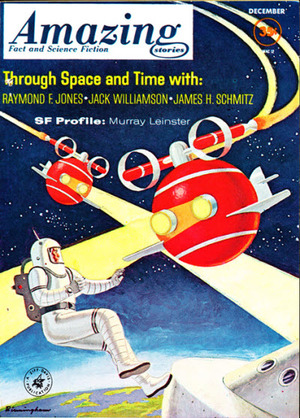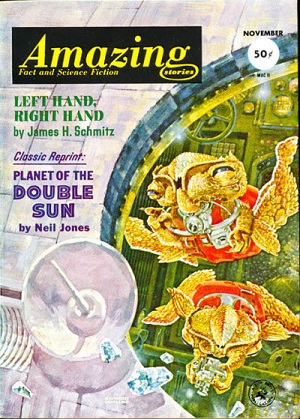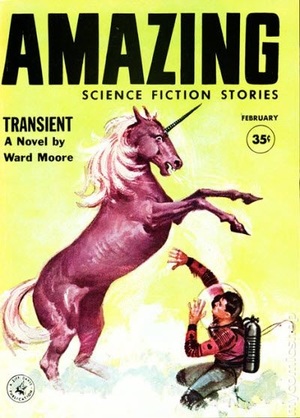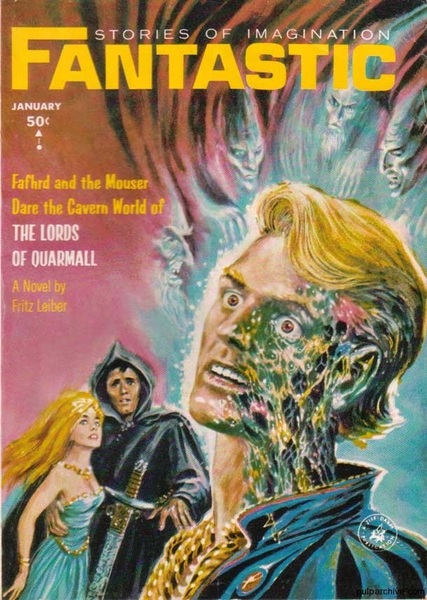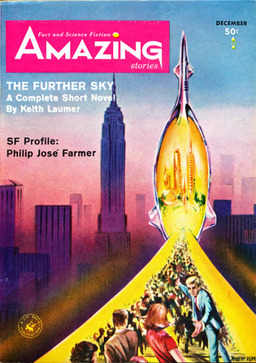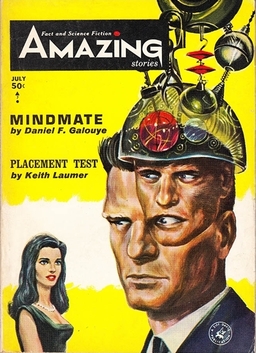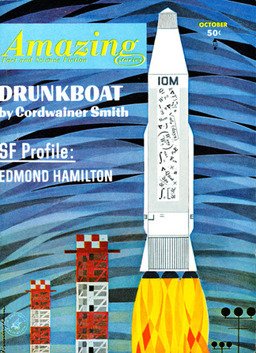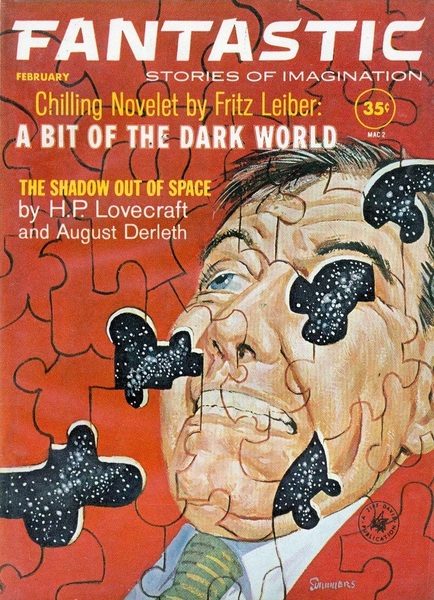Hugo Nomination Thoughts, 2018
Time for my annual post on what I’m thinking about for Hugo nominations. As ever, I’ll caution that I have read a lot of short fiction, but that I am less up on the other categories. I have seen a fair quantity of movies, too, however.
Let me reiterate something I said last year – though I participate with a lot of enjoyment in Hugo nomination and voting every year, I am philosophically convinced that there is no such thing as the “best” story – “best” piece of art, period. This doesn’t mean I don’t think some art is better than other art – I absolutely do think that. But I think that at the top, there is no way to draw fine distinctions, to insist on rankings. Different stories do different things, all worthwhile. I can readily change my own mind about which stories I prefer – it might depend on how important to me that “thing” they do is (and of course most stories do multiple different things!) – it might depend on my mood that day – it might depend on something new I’ve read that makes me think differently about a certain subject. And one more thing – I claim no special authority of my own. I have my own tastes, and indeed my own prejudices. So too does everyone else. I have blind spots, and I have things that affect me more profoundly than they might affect others. I’ve also read a lot of SF – and that changes my reactions to stories as well – and not in a way that need be considered privileged.
Anyway, as ever, in the lists below, I’ll suggest somewhere between 3 and 8 or so items that might be on my final ballot. Those will be in no particular order. And the other stories I list will all really be about as good – and I might change my mind before my ballot goes in.

